In spring 1948, my mom and I were taking the Toronto, Hamilton & Buffalo from Buffalo to Toronto, and my dad was seeing us off at Buffalo’s Black Rock Station. Dad asked the station agent if the train would run on time, and he told us, “Of course—she’s got one of those new Hudsons.” TH&B’s two Hudsons may have been new to that road, but they were in reality 18-year-old J-1e’s purchased from the NYC.
The agent’s prediction was accurate—the train arrived with a Hudson. On departing Fort Erie on the Canadian side, we left town like a rocket and were soon at track speed. The rapid pace continued all the way to Toronto. Canadian Pacific crews handled the Hamilton–Toronto segment, but the power ran through. The CP man in the cab seemed to be enjoying himself as we fairly flew to Toronto. We arrived right on the money.
Until 1953, Hudsons were regular visitors in Buffalo, and I enjoyed several more trips behind them. However, when the NYC dieselized at Buffalo, the wheel arrangement had left the area for good—or so I thought. Four years later, during a visit to the Nickel Plate roundhouse, I discovered the 175. She was the protection power for NKP’s two passenger trains in Buffalo. During summer 1957, I hung out at the Nickel Plate roundhouse and even saw her under steam several times, but I never had the chance to ride behind her. That would change on May 18, 1958.
The Buffalo Chapter of the National Railway Historical Society sponsored an excursion to Cleveland and back with the 175. The train turned out to be a whopper: 22 cars. Indeed, it was way beyond the capability of the locomotive, NKP’s being among the lightest of all 4-6-4s ever built. Instead of a typically fast ride behind a Hudson, top speed was only about 50 mph and, embarrassingly, we were being passed by diesel-powered freights on the parallel NYC. The trip ran very late, and on the return leg, a Berkshire replaced the 175 at Conneaut.
Later that year, after the NKP dieselized, I would discover yet more Hudsons in Canada. Both the CPR and Canadian National still had active steam engines, and the NRHS chapter began to focus on trips in Canada. The CN trips all ran with Northerns, but the CP was another story. We rode behind Mikados, Ten-Wheelers, Pacifics, and, you guessed it, Hudsons. One of these was the 2839, which later experienced a renaissance when it joined the Southern Railway excursion fleet in 1979. The last Hudson trip before the preservation era was behind the 2857 in May 1960—just weeks after the official end of Canadian Pacific steam.
First published in Fall 2009 Classic Trains magazine.
Learn more about railroad history by signing up for the Classic Trains e-mail newsletter. It’s a free monthly e-mail devoted to the golden years of railroading.





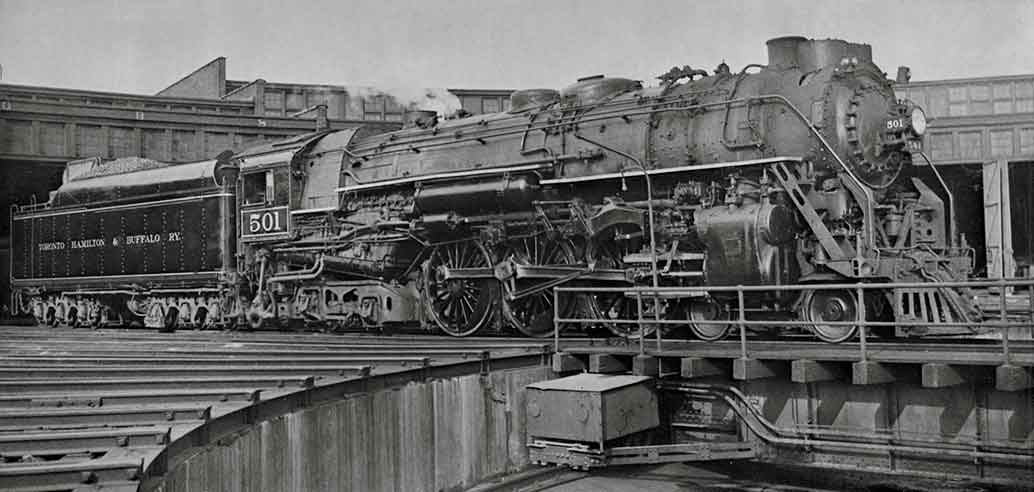

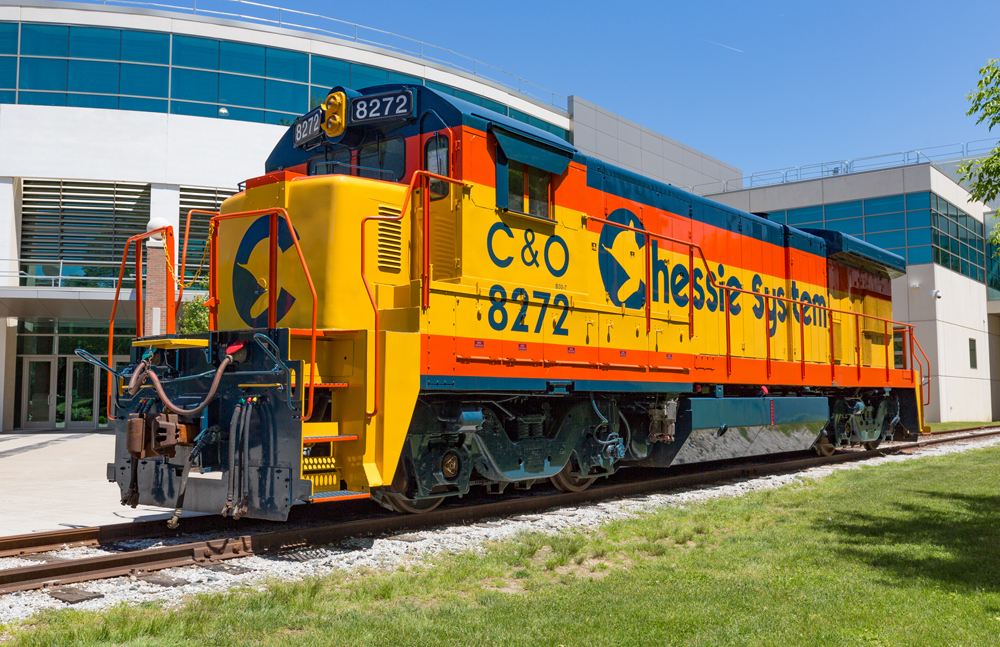
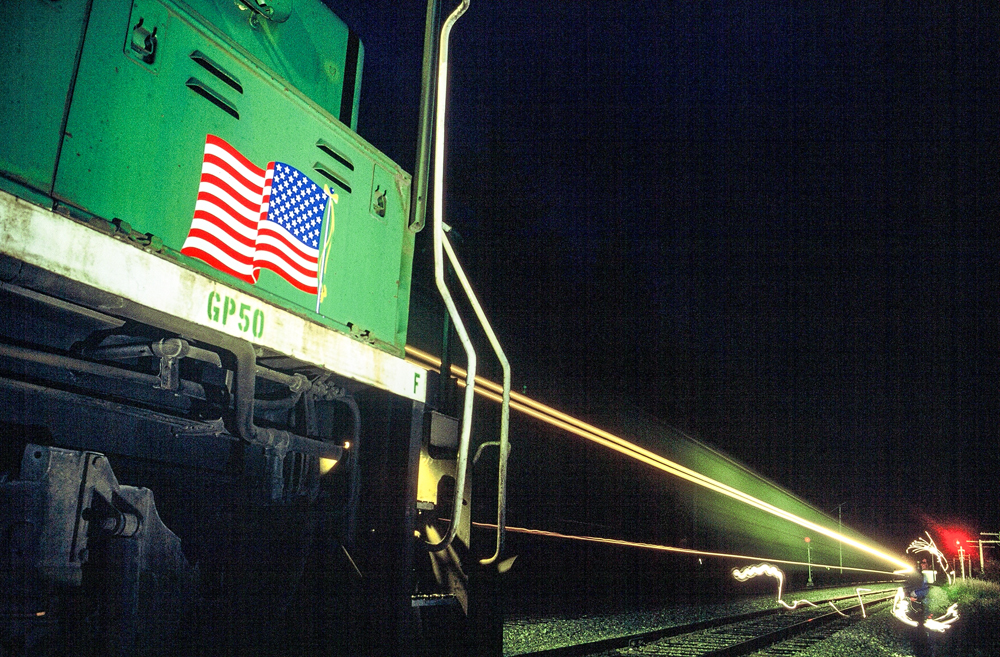
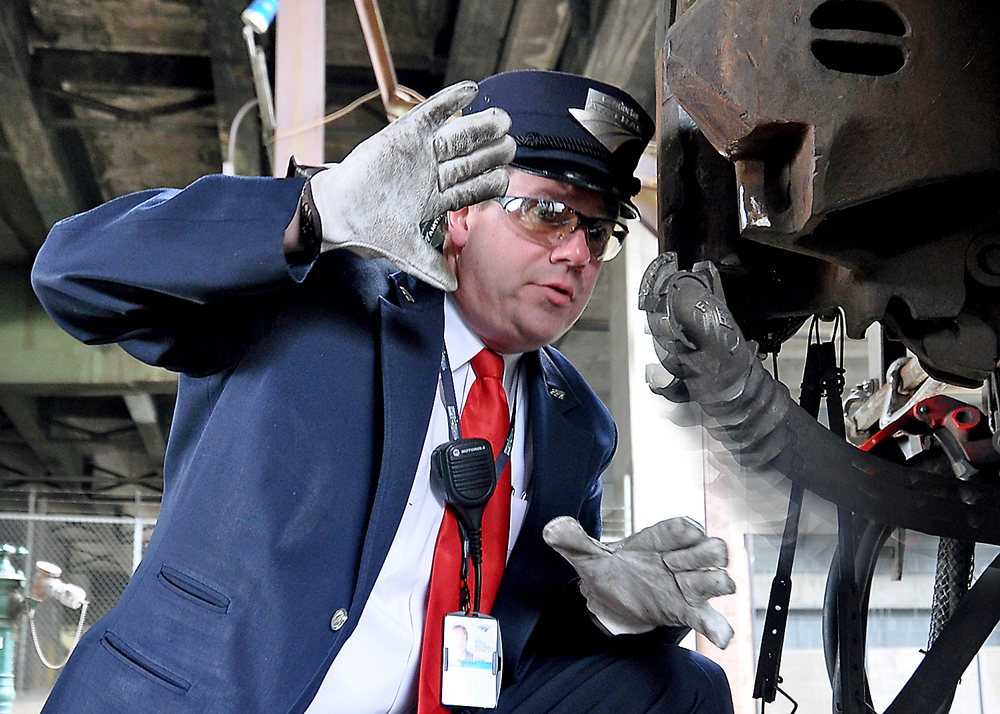
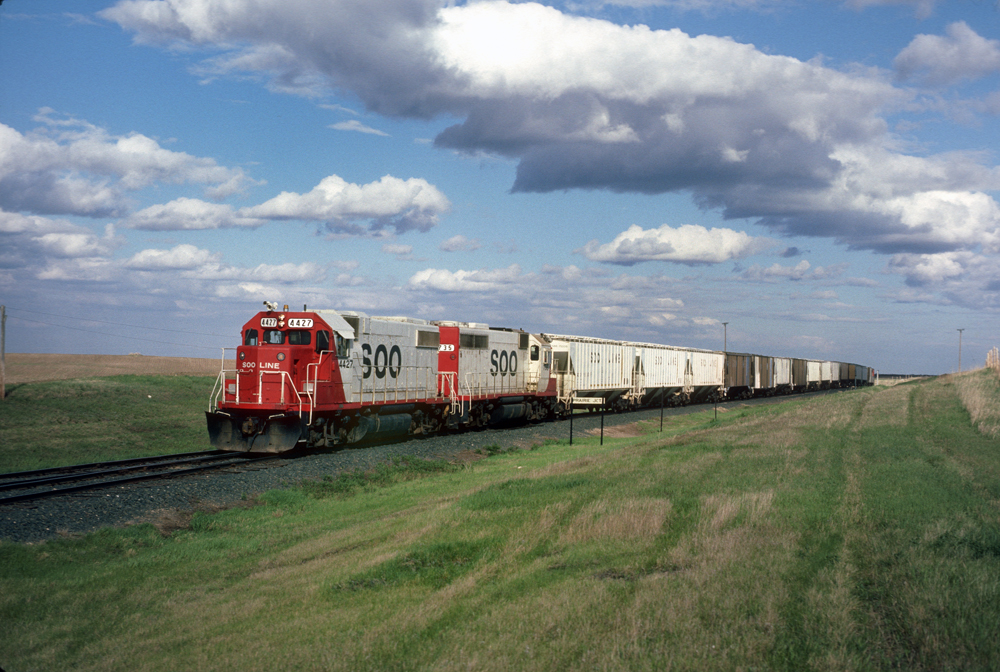




Too bad the New York Central did not see fit to keep at least one of their iconic 4-6-4 “Hudson” locomotives from the scrap yard. Many other railroads (Union Pacific, Southern Pacific, Southern Railroad) did much better. I guess the “bean counters” at the New York Central had no concern for history.